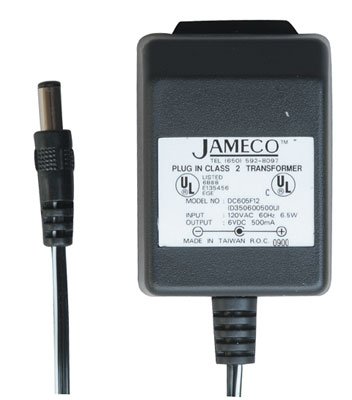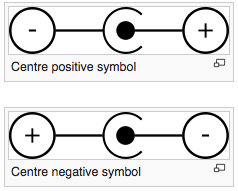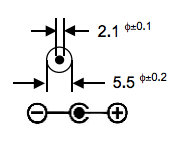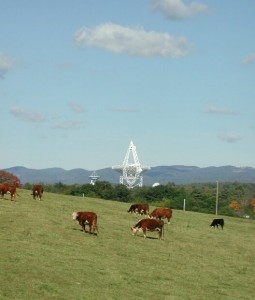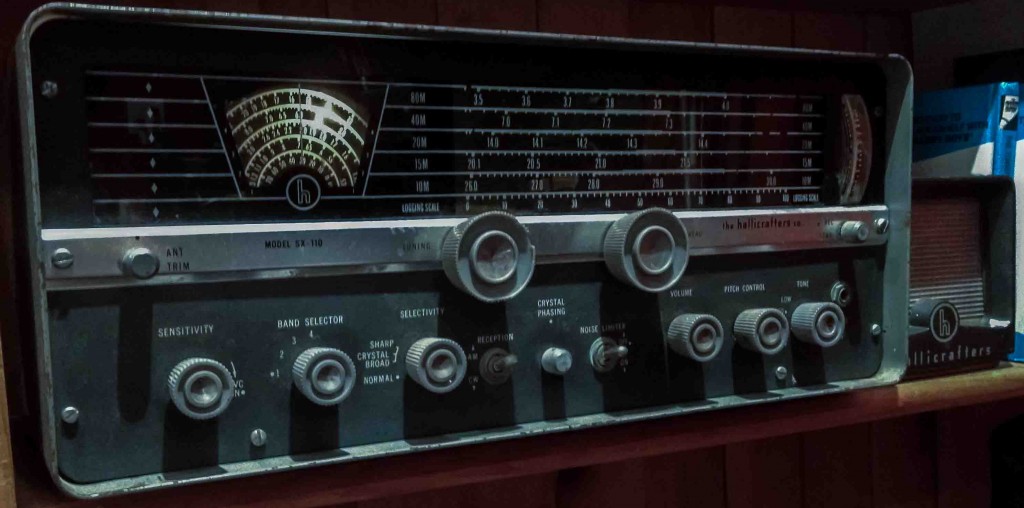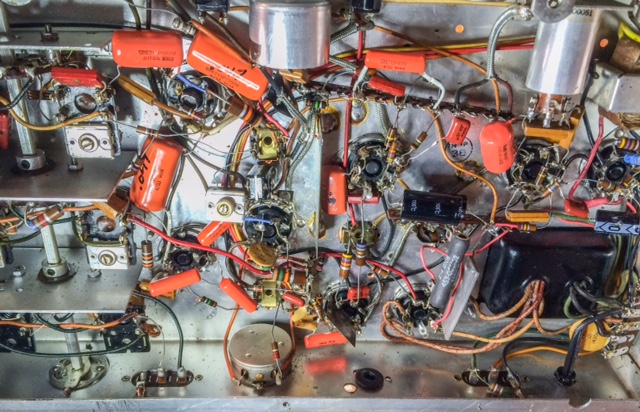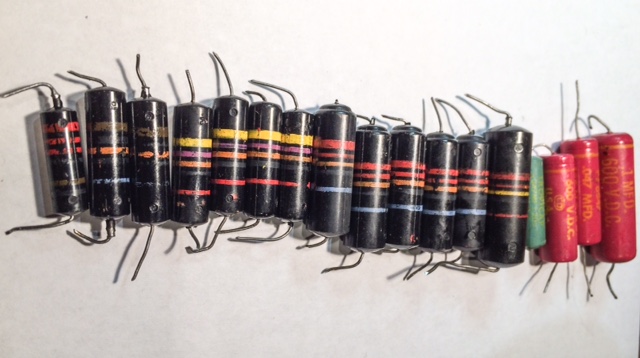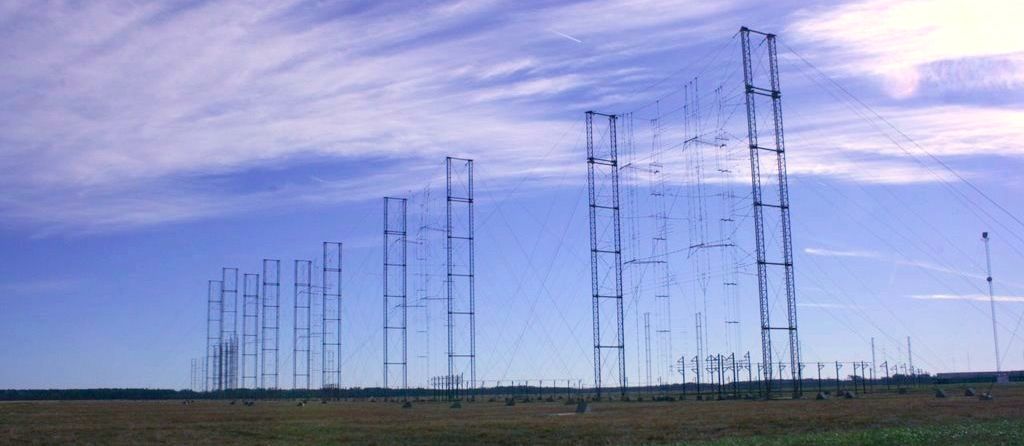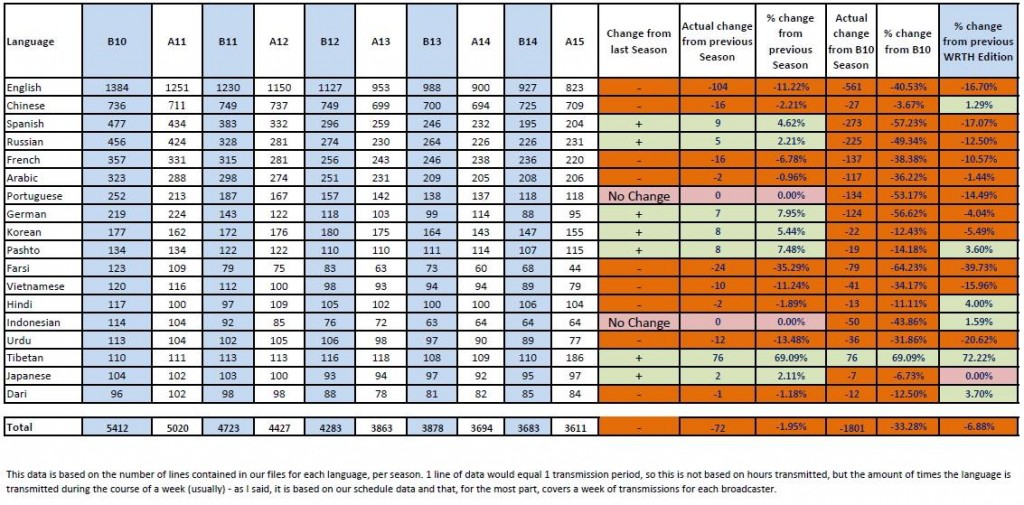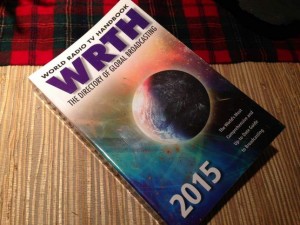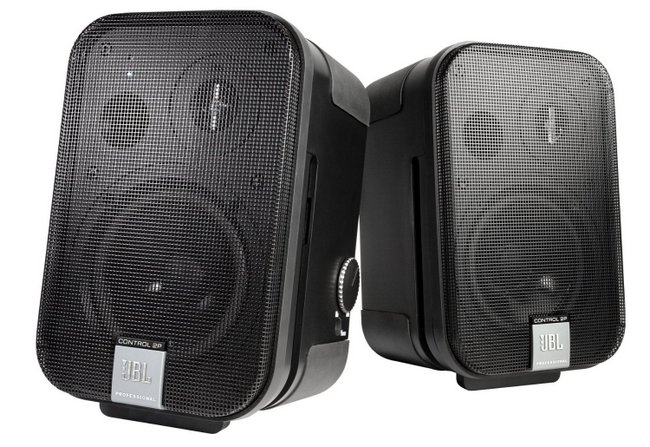Many thanks to SWLing Post contributor, Dave Zantow (N9EWO), who replies to a post published yesterday regarding some of Jameco linear power supplies. Dave writes:
“A bit of a caveat on Jameco’s these so called Linear power supplies. This is based from my own experiences so is not fiction.
Bottom of this page : http://www.jameco.com/Jameco/catalogs/c151/P92.pdf
Over the years some of (but not all) these Jameco linear regulated power supplies are no longer clean for radio use.
Without changing the model number or description of the product, they have made changes with some (or much of ??) this “Linear Regulated” adapter line. Indeed they are still using a good old power transformer, but when it comes to the regulator part of the adapter, they have gone to switching type regulator device. So it produces a nice strong whine on a radio receiver just as a full fledged switching supply.
I had purchased a number of these so called linear supplies (sorry I no longer have the exact model number noted that I ordered) and experienced awful interference with any radio receiver. So I cracked open one of these to see what was up here and sure enough it was using a MC34063A inverting switching regulator .
Called Jameco and they flat out denied that they were using any switching devices in this Regulated LINEAR Jameco ReliaPro adapter. So I then sent a nasty gram email to the CEO of Jameco. I received an email back (was from the CEO too) and after some research they FINALLY did admit a change was made in some of the product line to use of a switching regulator . But he strongly made the point they would continue to still market these adapters as totally linear (yeah right ….nice guys).
I must add here that it does (or did not) NOT affect the entire line of these linear regulated adapters. About a year ago I ordered more (already had a few before) of the 12 volt 1 AMP model 170245 , and these are (or were anyway) totally clean and are excellent.
Also note that Jameco purchases up surplus “linear regulated” adapters from time to time. This 6 volt 500 ma one here is an example and is (or was anyway) nice clean one and uses no switching regulators. Our 2 tested samples of this adapter from about 5 years ago used a nice 7806 analog regulator. Perfect for use with many SW portables, (including the Sony ICF-SW7600GR with a plug change). But a warning again from experience , they are all subject to changes without any warning (and this one may have changed too for all we know ??)
They appear to stick the ReliaPro name as the manufacture on all adapters (if it was made by Jameco or not)
So Caveat Emptor.”
Duly noted, Dave! I’ve also noted that not all of the power supplies on their linear power supply page are listed as being a linear supply (see screen grab at top of page).
I may contact Jameco about this too and see if they can adjust their search results to properly reflect a selection of regulated linear supplies.


